The series “Monster: The Story of Food Gina” is on Netflix on June 3, 2025. Created by Ian Brennan and Ryan Murphy, this is a continuing anthology that explores history's most famous murders. Previously, the creators highlighted the lives of Jeffrey Dahmer and the Menendez brothers, and now they focused on the life of Food Gina. The nuances of his biography and the reasons that finally led him to such cruel crimes are being revealed. The plot is based on real events that shocked America and inspired many filmmakers to create cult films.
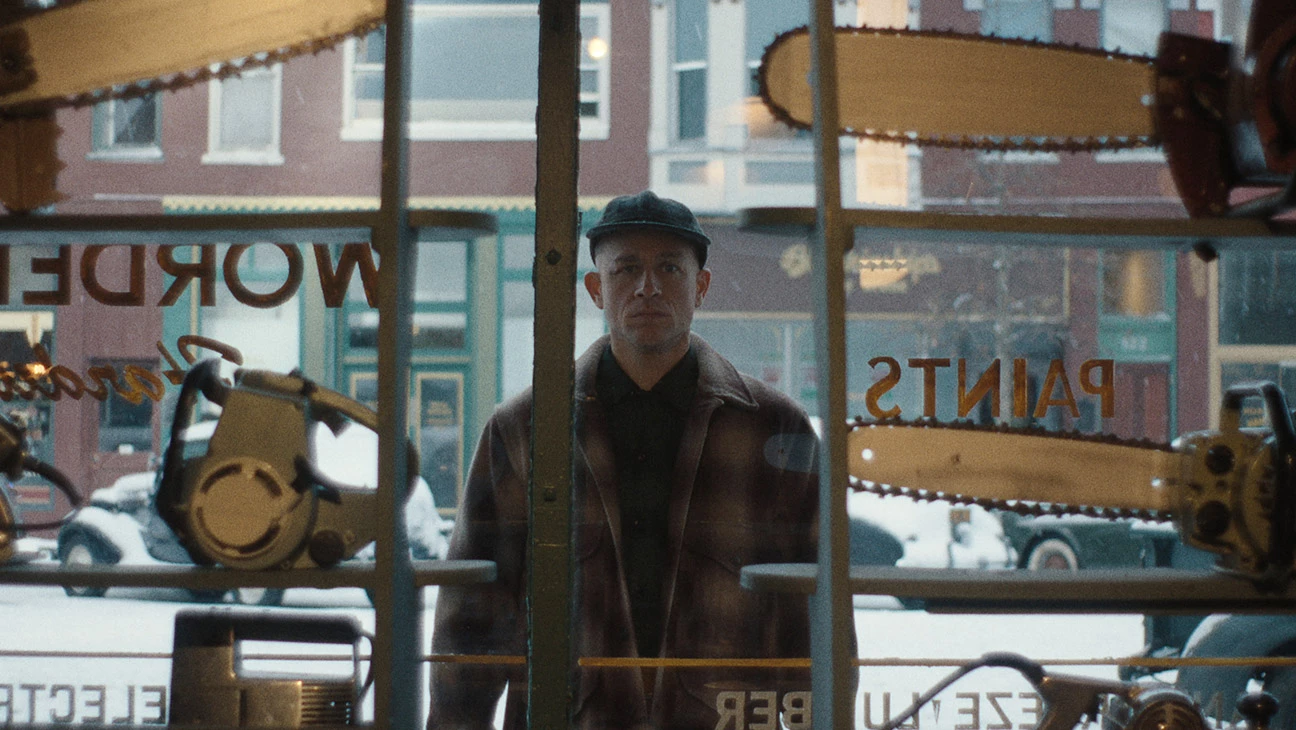
The third season of the anthology turns the look to the motor-driven, suffocating atmosphere of the American Middle East, where fear and anxiety are recreated on the show. Already from the first episodes the series sounded shocking. Gin, a murderer and grave robber, is presented as a separate element of evil. The wicked Samitnik is overcome by a powerful obsession with a woman’s body, and his obsessed mother methodically blames him for any manifestation of humanity, sexuality or will.
Хто такий Ед Ґін
He was born on September 27, 1906 in the state of Wisconsin, USA. Yogo beyond it – Edward Theodore Gin. The estate has forgotten him behind the nicknames “The Butcher of Plainfield” and “The Plainfield Vampire.” In the series he is portrayed by Charlie Gannem.
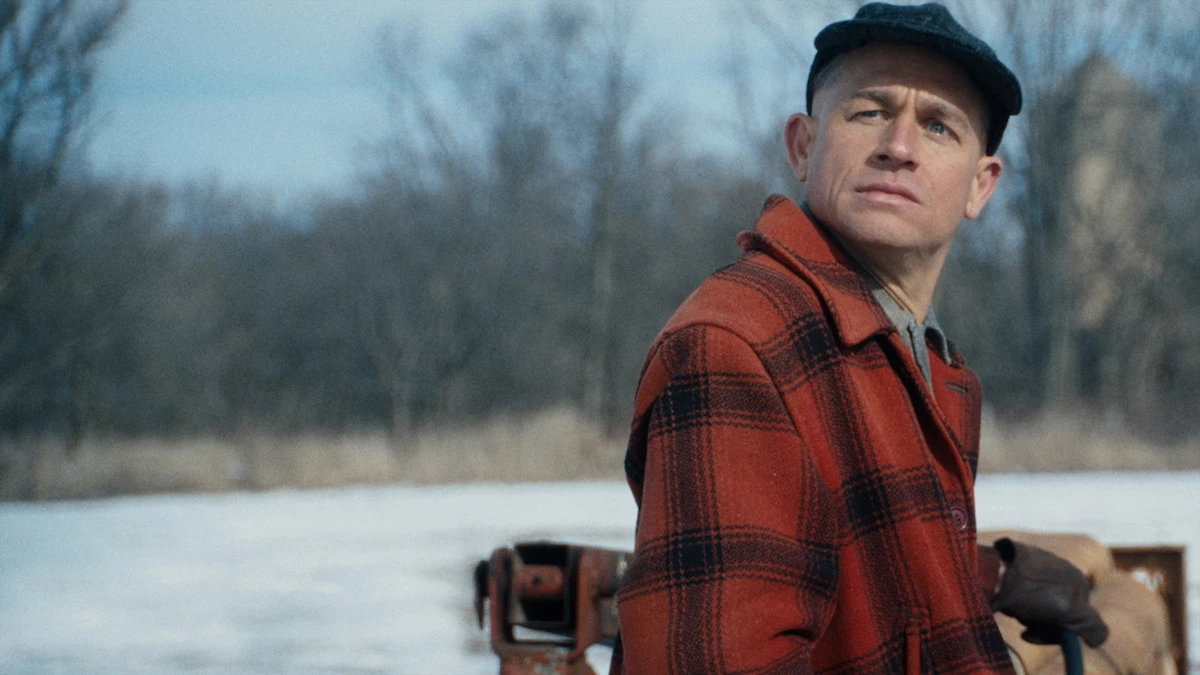
Ed grew up in the homeland of the alcoholic George and the religious fanatic Augusta. Together with his brother Henry, he formed in the house, where selfishness, control and the fear of God’s wrath were overcome. When the boys were children, the family settled on a distant farm. Mother Maizha did not allow them to go beyond the borders of the kingdom, except before school, every day she read the Bible and learned that the outer world is the center of sin and evil, no matter how much they worry about it. Thus, the virus is content in isolated and isolated microclimates. Her mother (played by Laurie Metcalfe) had no interest in her wives and hated them fiercely. In time, such an alienated life and the supra-mundane control of his mother formed a deep psychological trauma in him, which later grew into a dangerous obsession.
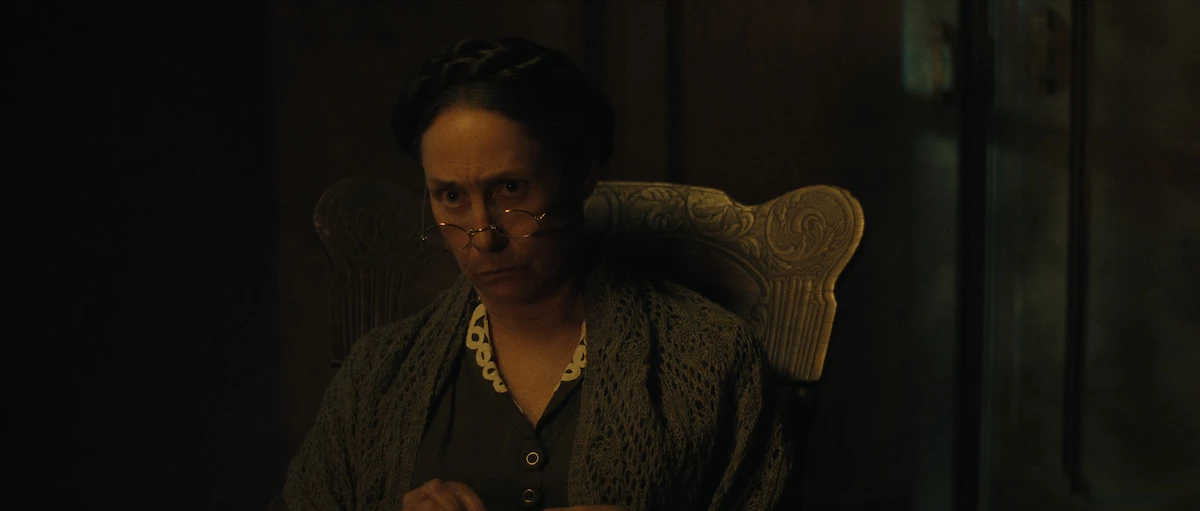
The Netflix series from the past is now intertwined, creating a complete picture of the formation of Eda Gina – from a pickled boy to a man committed to evil that shocked the world. The showrunner wants to not only present the facts, but to go into the middle of his evidence: to show how inspiration, self-centeredness, and oppression of daily life moved between reality and madness.
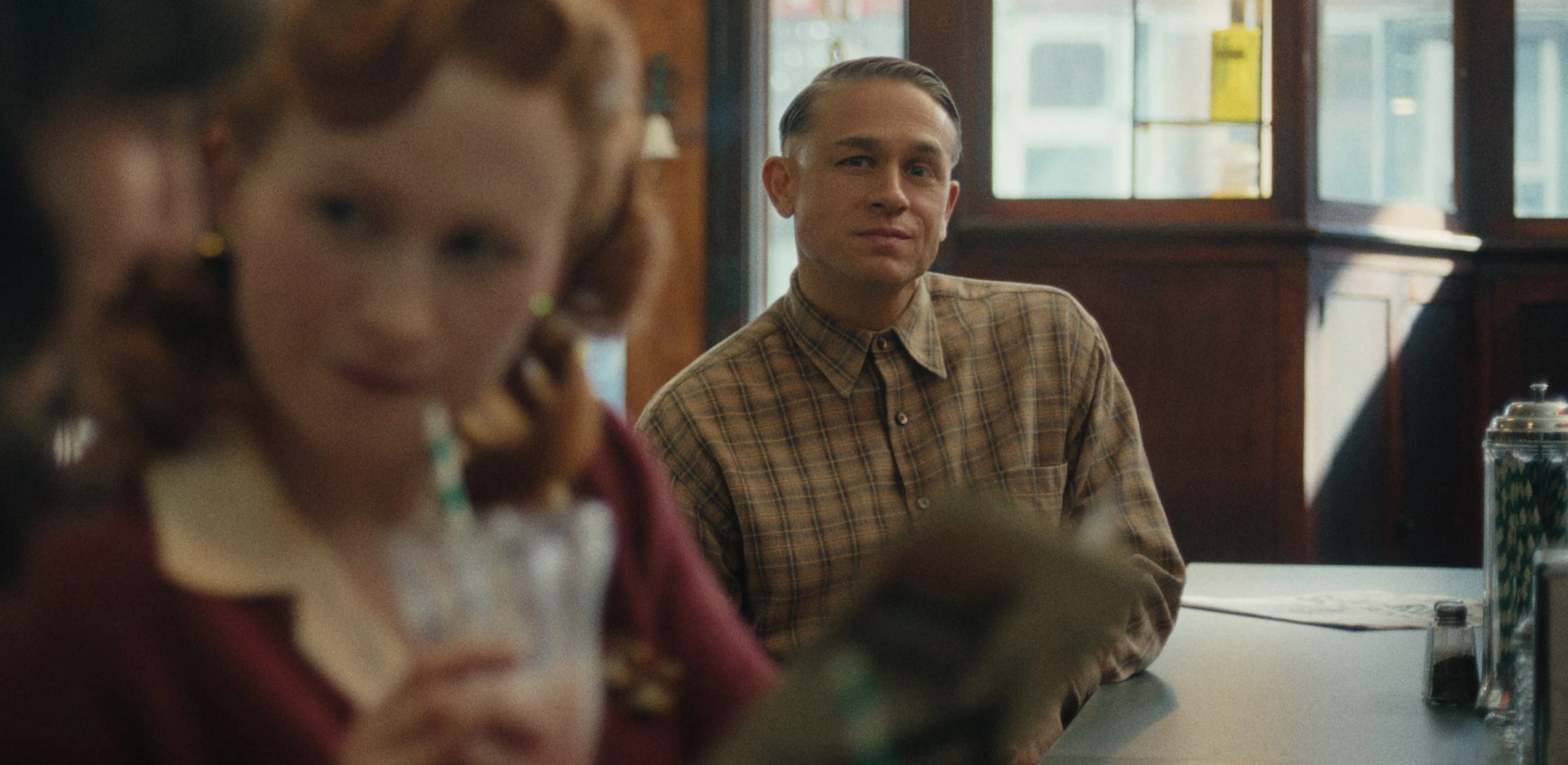
Zlochini Food Gina
After the death of his mother, Edin could not come to terms with the loss. Having started to dig up the bodies of wives similar to her, on the local center, trying to fill up the empty space and create the illusion that the mother is still in charge. This year he started killing wives in his own place. From excess bodies we produced everyday speech: furniture, lamps, masks, plates. By the time they searched his hut, the police found bowls made of human skulls, beds covered with human skin, and clothes made from the remains of victims. If he has a pathological mania, he knows that he wears costumes made of human skin, so that, in his words, “to look like a woman.”
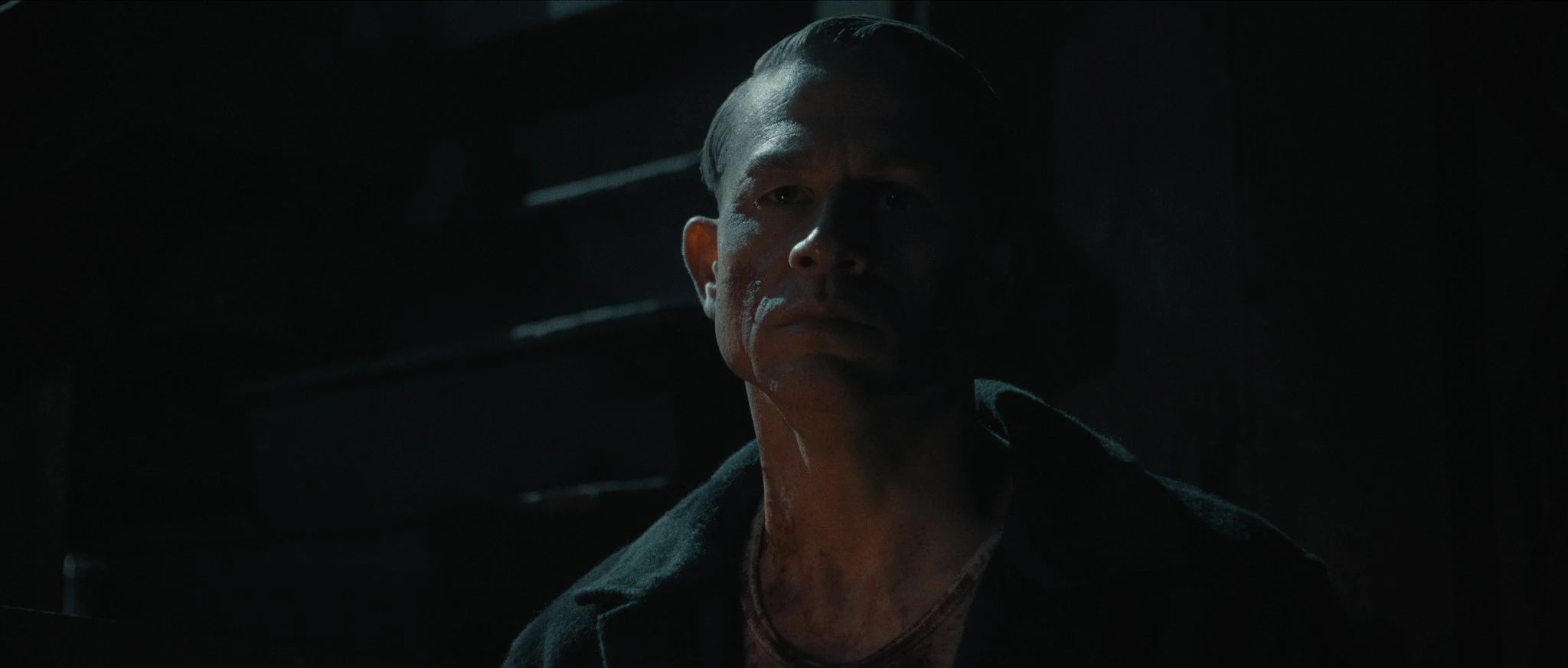
How many people were killed by Ed Gin
Officially Food was called at the murder of two wives – Mary Gogan, the ruler of the local bar, parts of the body that were found in his booth, and Bernice Worden, the ruler of the prison with tools in Plainfield. Death itself became the cause of this confusion. Although he was officially found guilty of only two murders, it is believed that there were more victims, but this crime could not be brought to fruition or tied to his name.
What are the mental disorders of Mav Ed Gin
He was diagnosed with a number of mental disorders. I suffered from schizophrenia, which was accompanied by constant fear and reexamination. What a severe psychosis has reached, which has gradually erased for everyone the difference between reality and decay, between life and death. It was on this very ground that his pathological gluttony took shape over time.
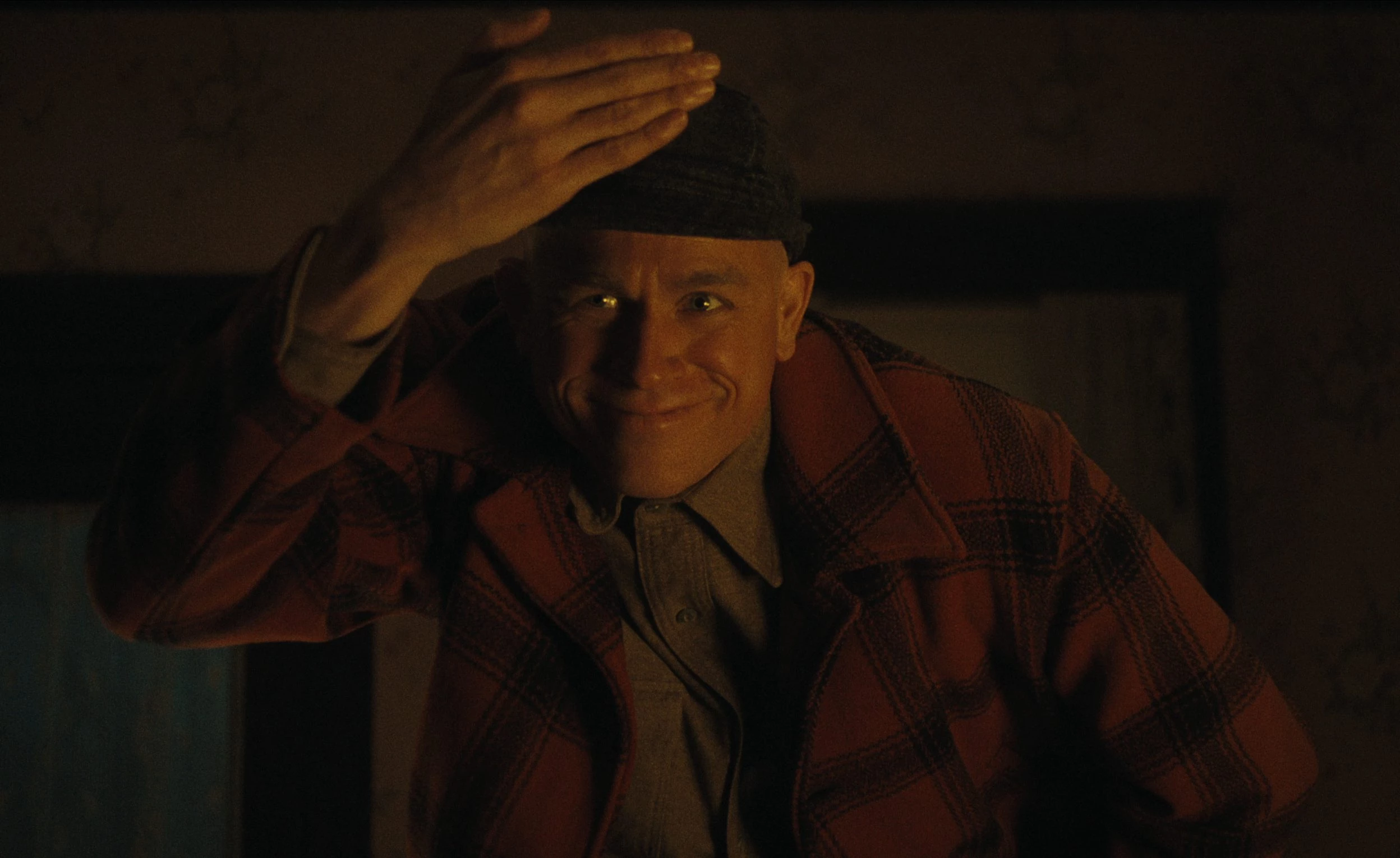
Due to the particular cruelty of the evils, food has been in the past for a long time, so that he can engage in necrophilia and cannibalism. The series “Monster: The Story of the Food Guy” often encourages fantasies, depicting scenes in which the hero demonstrates an obsession with the bodies of his victims. At the same time, Yun himself categorically felt that there was something to do with cannibalism or necrophilia. According to Harold Schechter, author of the book Deviant: The Shocking True Story of the Original “Psycho”, he once stated that the smell of dead bodies was a trigger, not a pull.
Chi bula real Adeline Votkins
In the series, the character Adeline Votkins, played by Suzanne Sohn, is shown as a close friend of Kohan Eda Gin. Wanting “Monster” to take a lot of artistic guesses, this image is really in line with life – in reality there was a wife named Adeline Watkins. According to the archives of the Plainfield Sun newspaper, she lingered in Plainfield, made hundreds of money with him, and finally agreed to befriend a 1955-year-old family, then broke them up and left for a whore. The days of the dzherel insisted that their hundreds lasted for perhaps two decades, but the woman herself did not catch cold later. The true story of his connection and dossi is no longer a mystery.
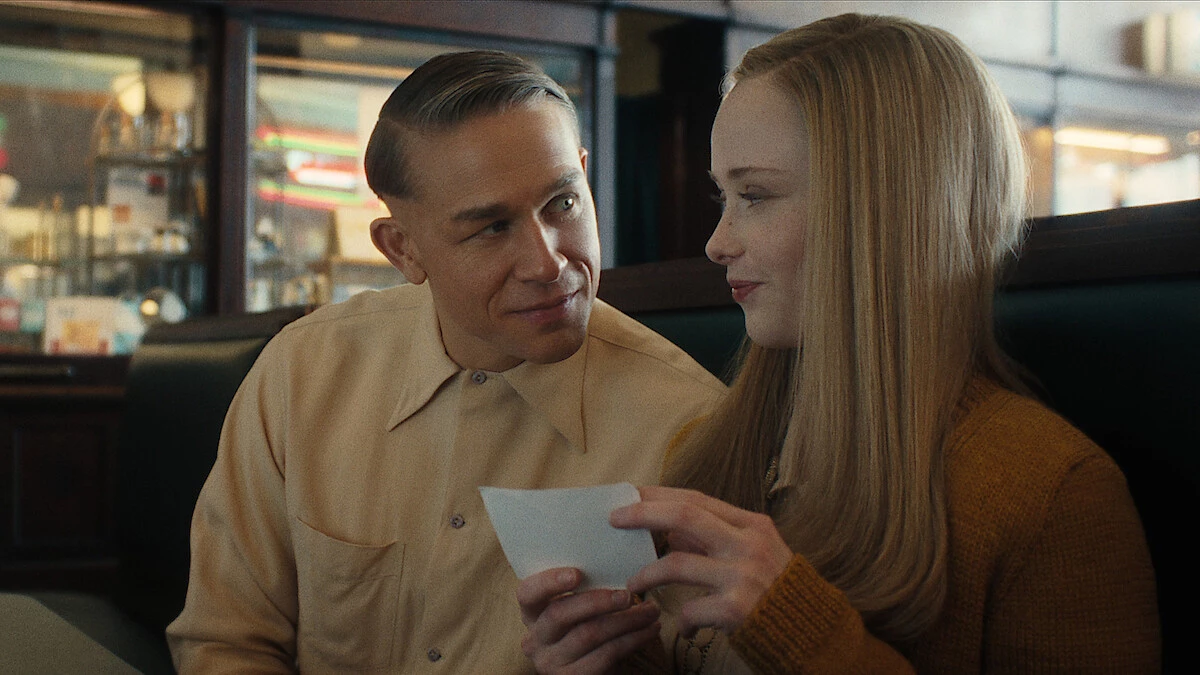
However, in the show they are portrayed as a single person, as Food understands, and she herself is also choked by the New York crime photographer Widgie. Adeline herself shows her a series of photographs from concentration labor and magazines about true evils (pulp magazines – these are popular publications of the 1940-1950s, which described crooked histories), looking at materials about Ilsa Koch (played by Viki Krips in the series), a Nazi villain known under the nickname “The Bitch from Buchenwald”. So Adeline will introduce him to the themes of violence and Nazism, which further enhances his pathology. This storyline gives the authors the opportunity to show how the creations of real world wars are being recreated in mass culture for sensational reasons. Nowadays, the series is trying to resist the unsafe influx of such content on unstable people like Gin, but sometimes it seems to be superficial – gladly as a criticism of the genre, and not as an interpretation of it.
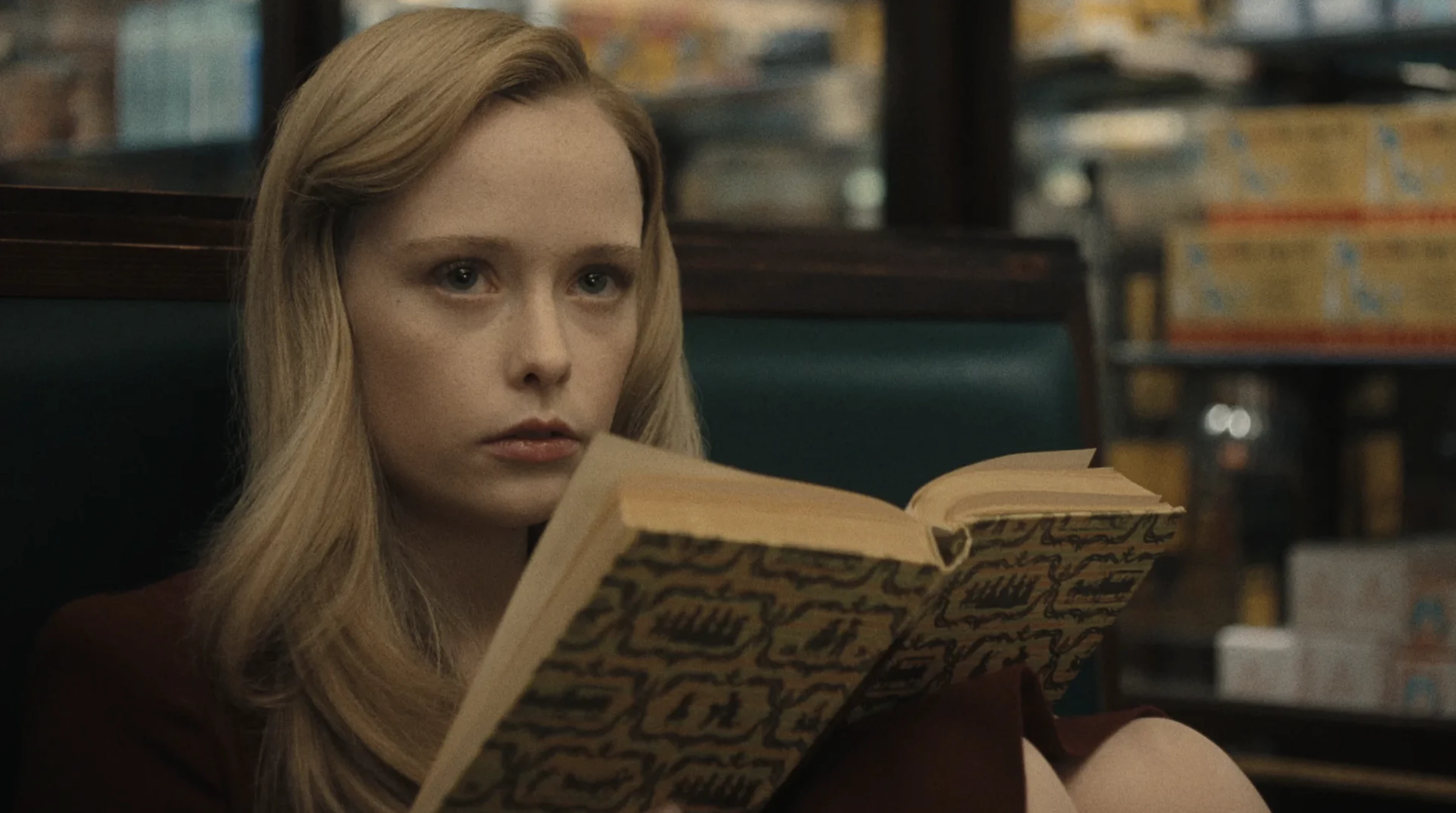
What kind of films were filled with history Food Gina
History Food has become the inspiration for many cult films. In 1960, his life formed the basis for the image of Norman Bates in the film “Psycho” directed by Alfred Hitchcock. Vlasna, “Psycho” became a turning point for the genre of horrors: before its appearance, monsters were respected by inversions, vampires and Frankenstein – vigilantes, distant from reality. After this, evil ceased to be fantastic and began to appear in human form – he could live in charge of the judge’s cubicle. The film has completely changed the statements about those who are really afraid.
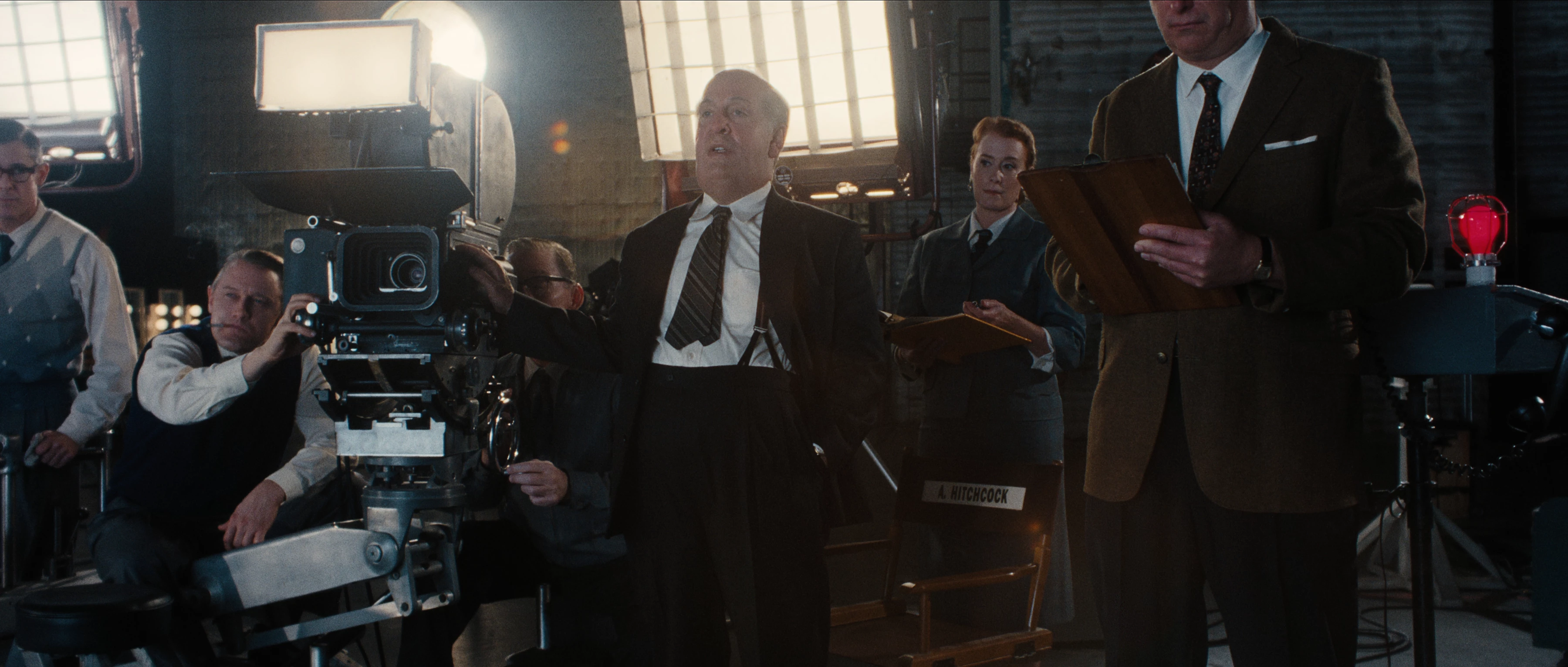
Then, in 1974, the person of Gina became the prototype of the main villain in “The Texas Chainsaw Massacre”. And in 1991, certain aspects of Gin’s activities influenced the creation of the character in the film “The Silence of the Lambs.”
The plot of the series “Monster: The Story of the Food Guy” is made up of partial hour-long cuts, which helps to capture the various episodes of the life of the main character and draw parallels with known film adaptations. This structure is intended to disguise the fragmentary nature of Ghin’s biographical material. To better convey the scale of the horror, the relationship with him, the showrunners expanded the scenes of the episodes and added artistic details, highlighting the two stories that were attributed to the killer himself.
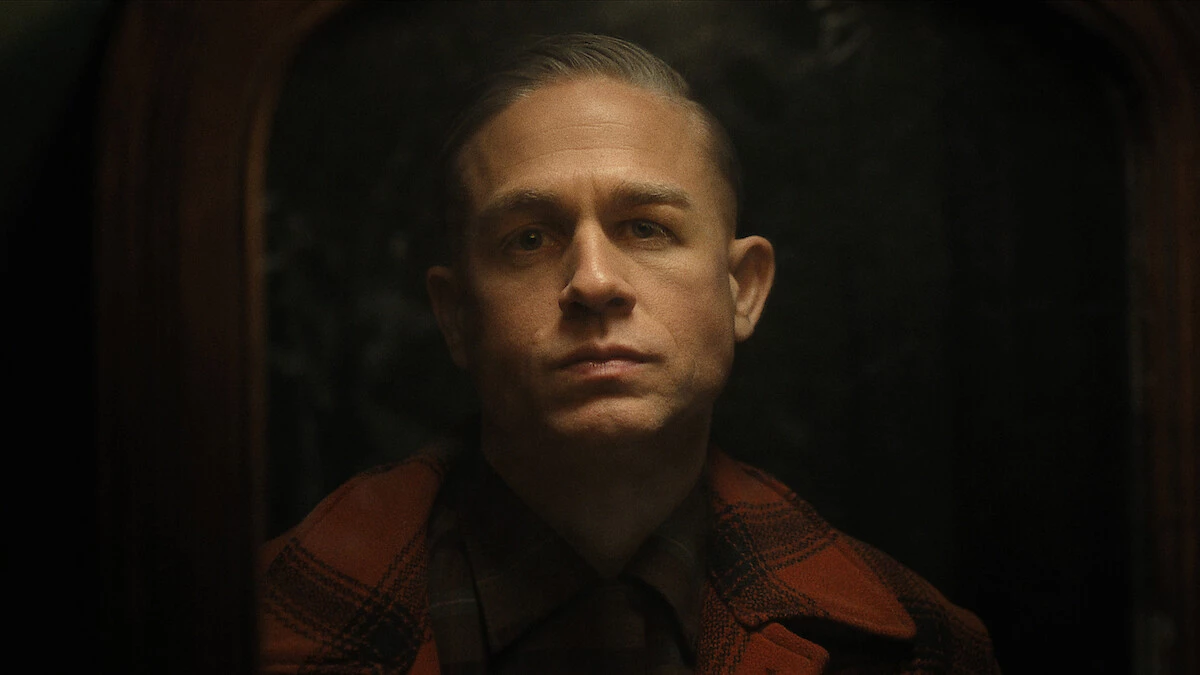
For example, in the first episode of the series, Henry kills his older brother Henry (played by Hudson Oz) after he announces his intention to become friends with his separated wife and deprive him of his mother’s house According to the plot, Yin hits his brother with a wooden club and sets the place on fire to stage an unfortunate fall. There is no real proof that Edin killed his brother. According to evidence from the book Deviant: The Shocking True Story of the Original “Psycho”, the brothers extinguished the fire in the field in 1944 when Henry died. According to the police, the cause of Henry's death was asphyxia and heart failure.
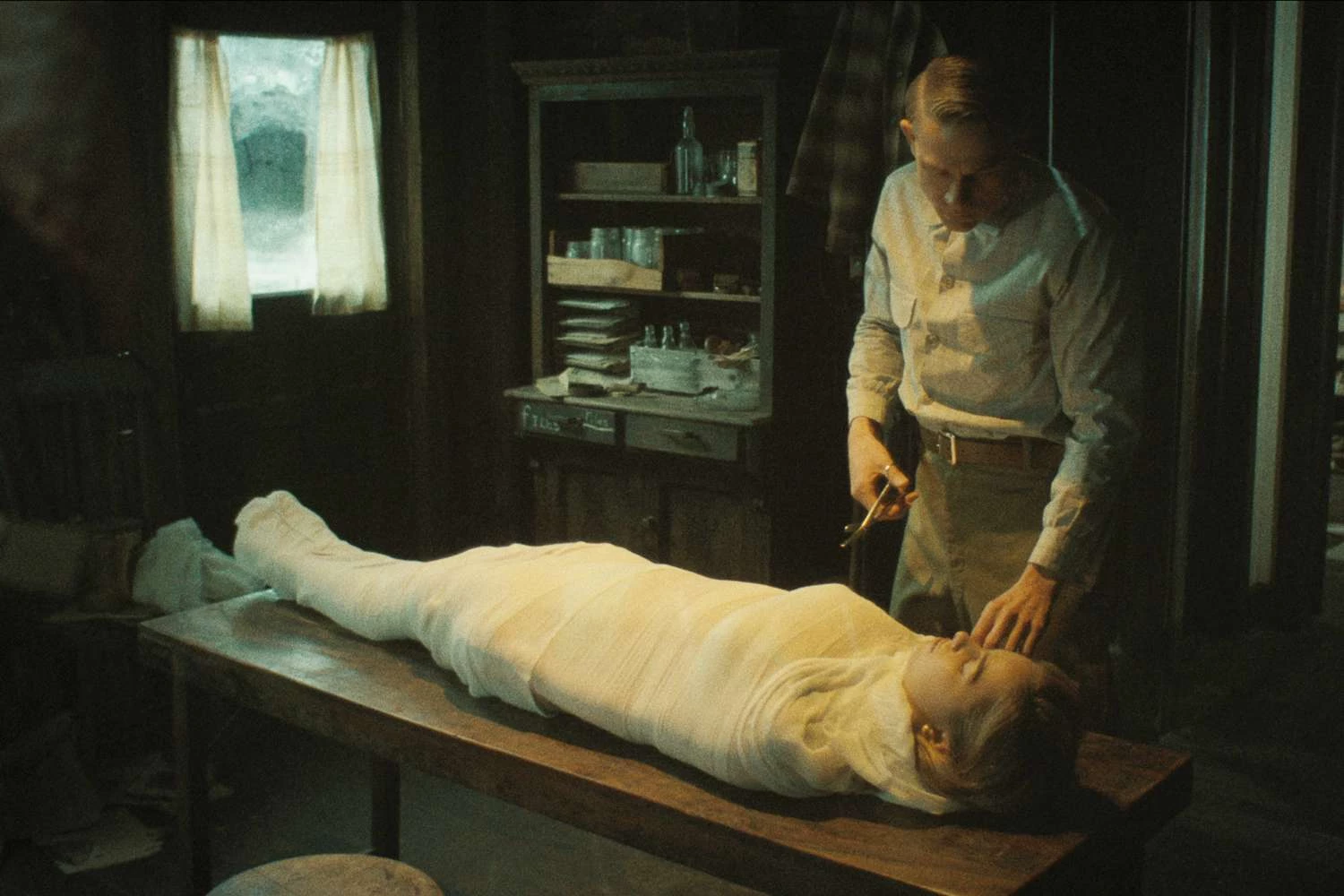
Also part of the plot is dedicated to Evelyn Hartley (Vicon Addison Rae in the series). Vaughn tells about a young girl who is unknown, and whose story the authors of the series cleverly connected with Ed. Having recovered the real name of the victim, the creators turned the whole line into an artistic plot, which rather looks like an ironic guess, rather than a truthful reconstruction of the story.
What happened to Ed Gin
16 leaf fall 1957 roku at budinku Food Gina found the body of Bernice Worden. The police found that the body was deformed as if it had been killed after the Mysli bath. This scene raised the specter of the investigators. This very greediness became the key evidence for the authorities and led to the arrest of Gin in his cell, and they also found numerous evidence of his crimes – body parts, household items, skin wounds, and the peculiarities of speech of the victims. Due to the diagnosis of schizophrenia, he was found to be ineligible before visiting a hospital and was sent to the Central State Psychiatric Hospital, where he was under constant supervision and underwent treatment.
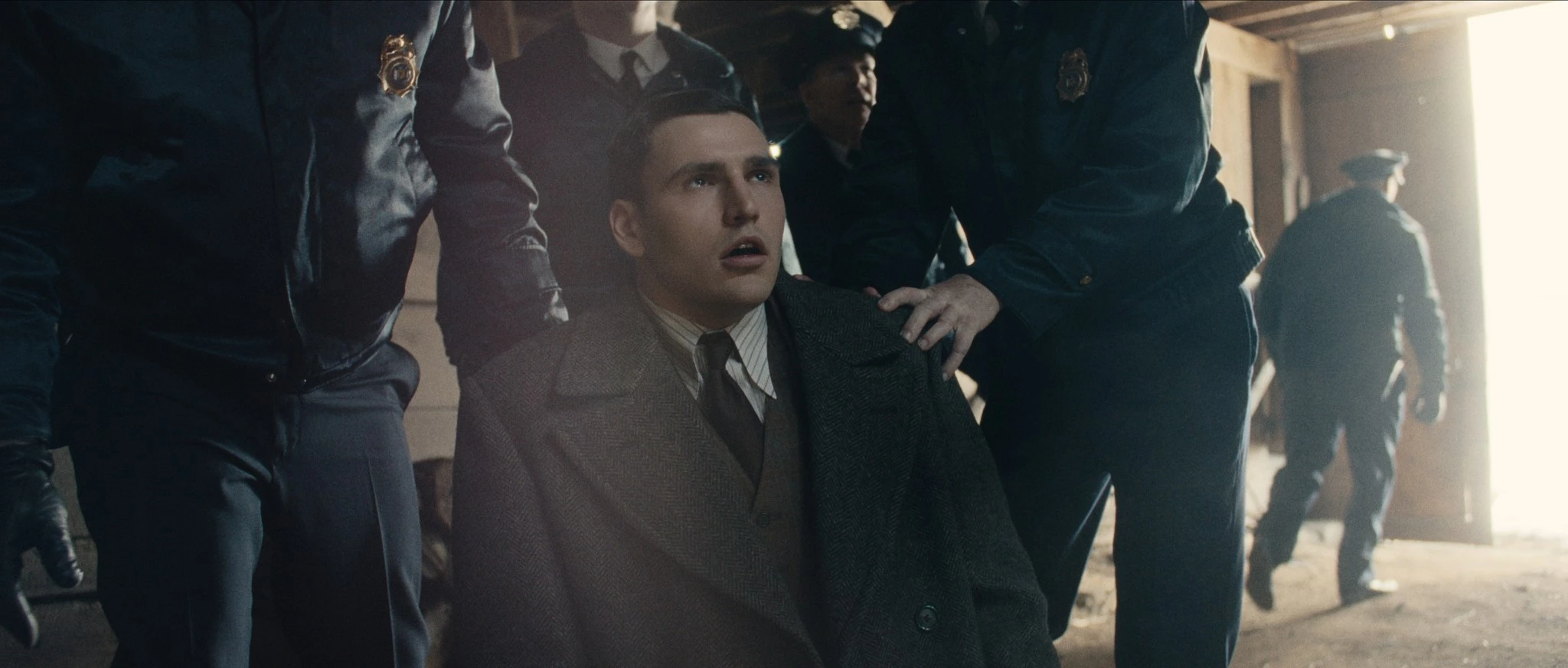
In 1968, he was found mentally ill before his trial and was convicted of murdering Bernice Worden. Years later they changed the rules, having realized that they were not aware of their actions. After whom they turned him to a psychiatric hospital. In 1974, his father filed a complaint about the prison, but was left under the supervision of the doctor. He was later transferred to the Mendota Mental Health Institute in California. Edin died in 1984 and died 77 years ago from cancer of the legs.
Why the history of food is gaining renewed interest
After the success of the series “Monster: The Story of Jeffrey Dahmer,” viewers were looking forward to a continuation. The history of food was inspired by the importance of social and cultural influence. By the way, one of the clear motives of the series is the infusion of food into other murders. In Monster, this connection is shown through the massacre of Richard Speck, who overpowers his new leaves and calls him his “idol.” There is no real evidence of such amalgamation.
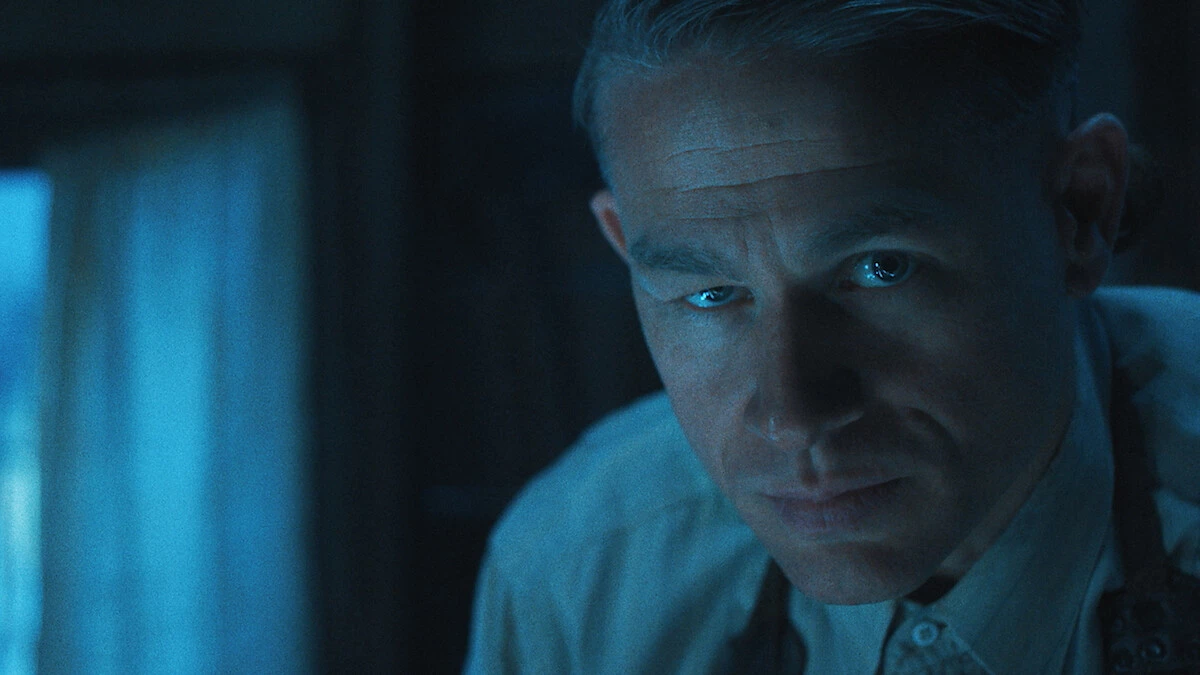
However, the season of the anthology about Gin is not limited to the reconstruction of his evil – it explores the nature of evil as a social and psychological phenomenon. Through the story of this murder, the authors show how childhood trauma, religious fanaticism and selfishness can create monsters in human likeness. This story is about marriage, which instantly condemns and becomes flooded with such articles, turning them into a part of pop culture.
The series “Monster: The Story of Food” does not deprive the space for reality – it shows everything without embellishment and at the same time there is a sounding look in the eyes of a dreamer. We experience pain, we endure, we lose our sensitivity – and we ourselves continue to live with monsters. Bottom line, the real miracles are not on the screen, but on the other side.







